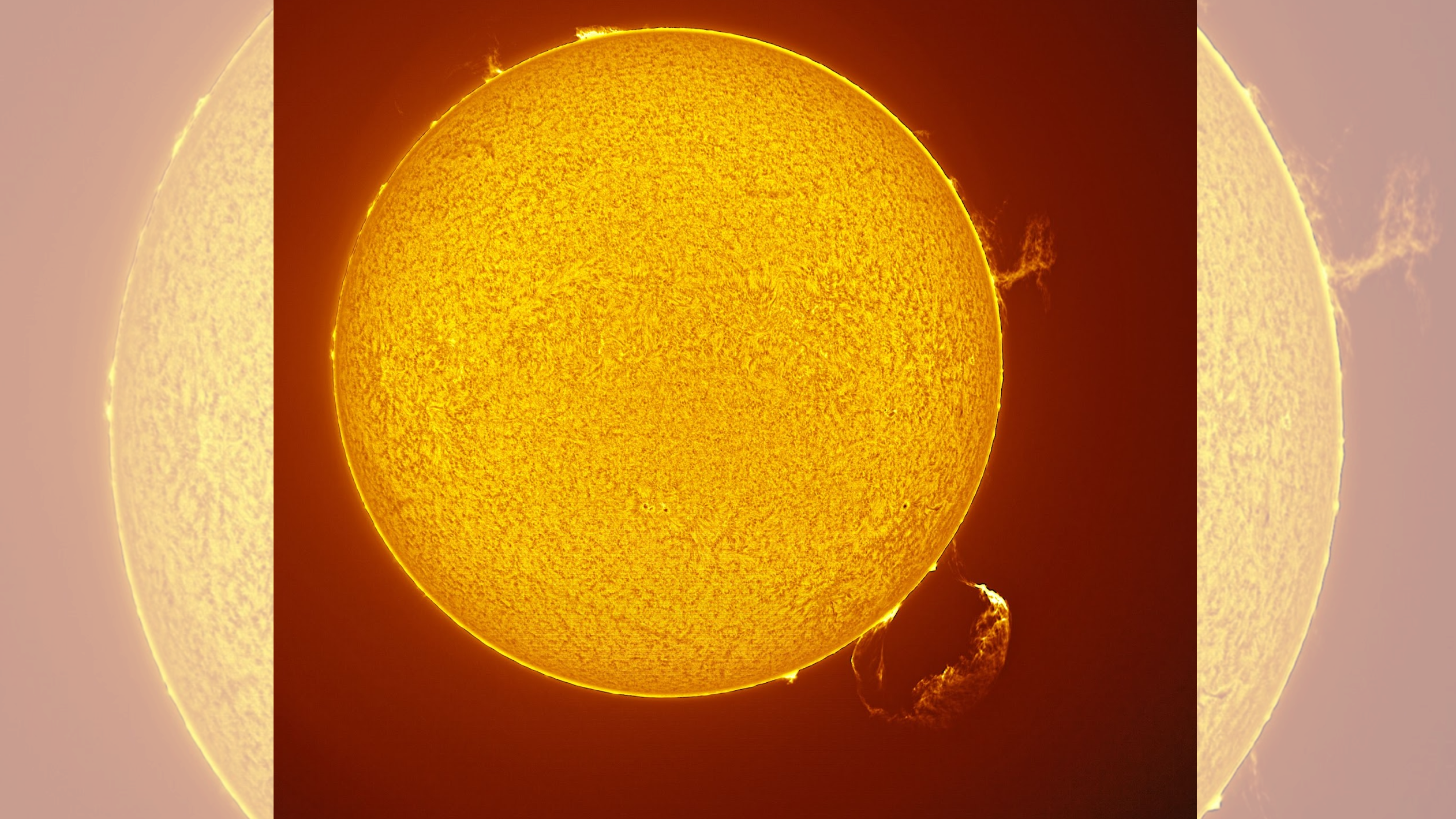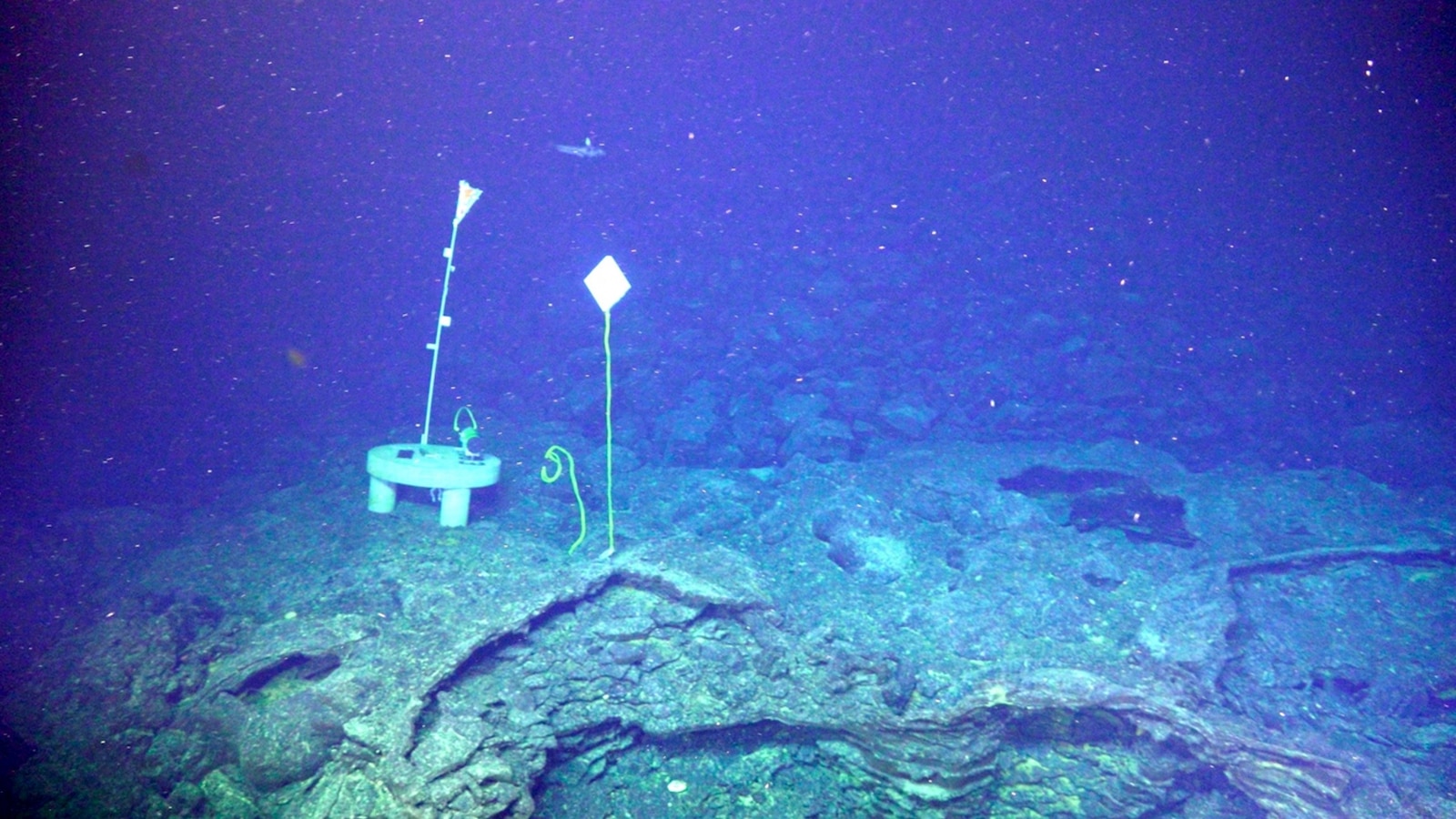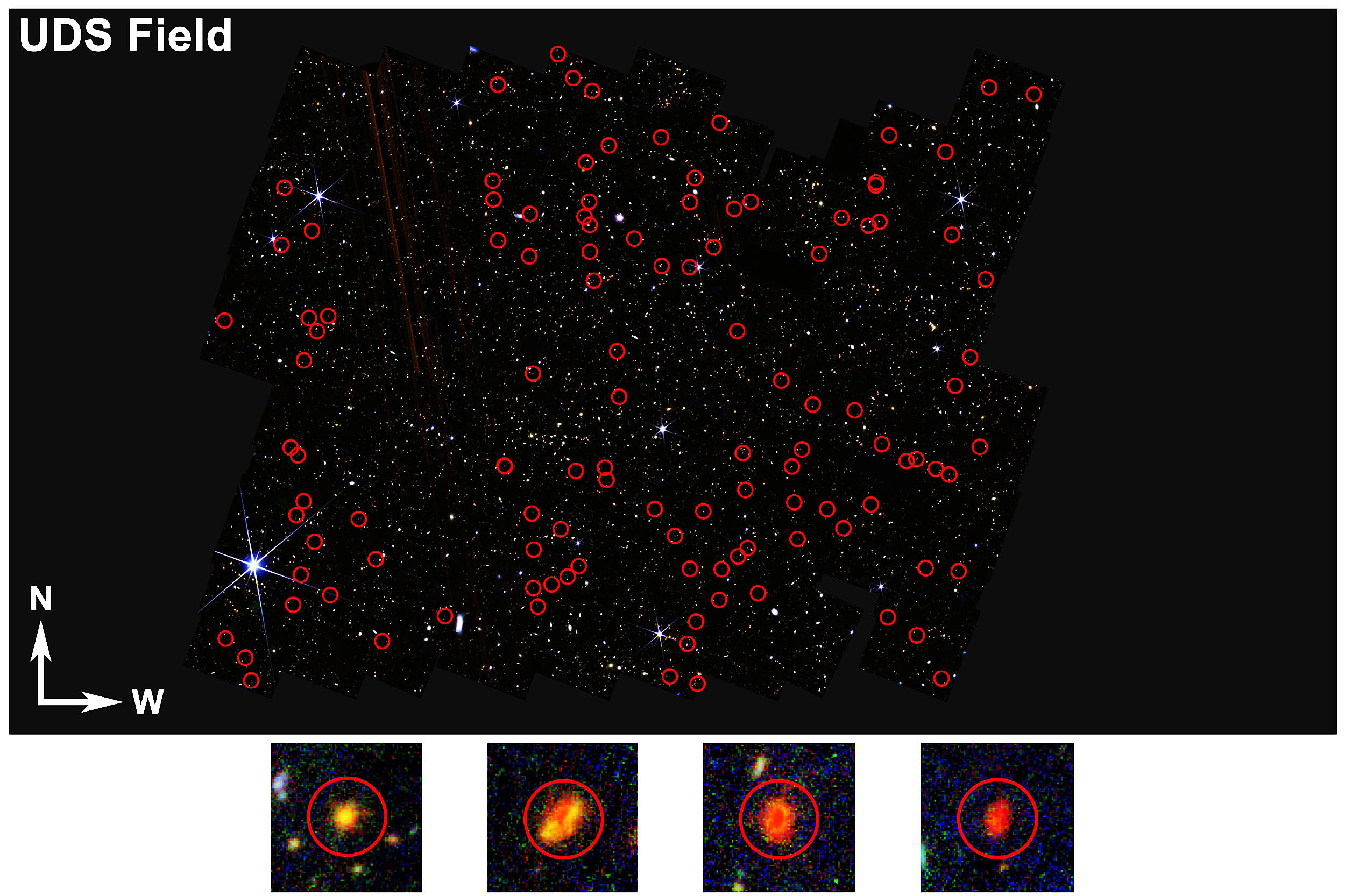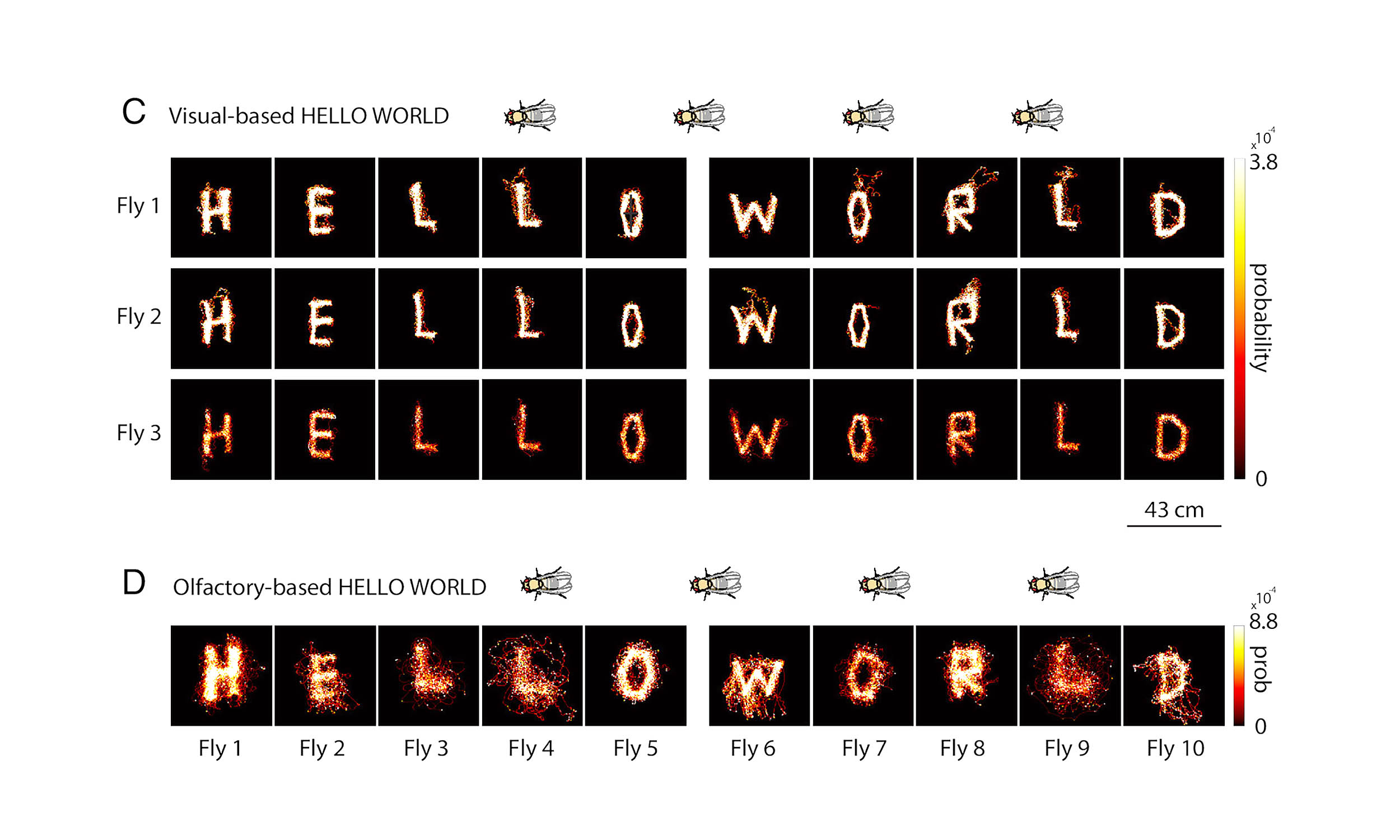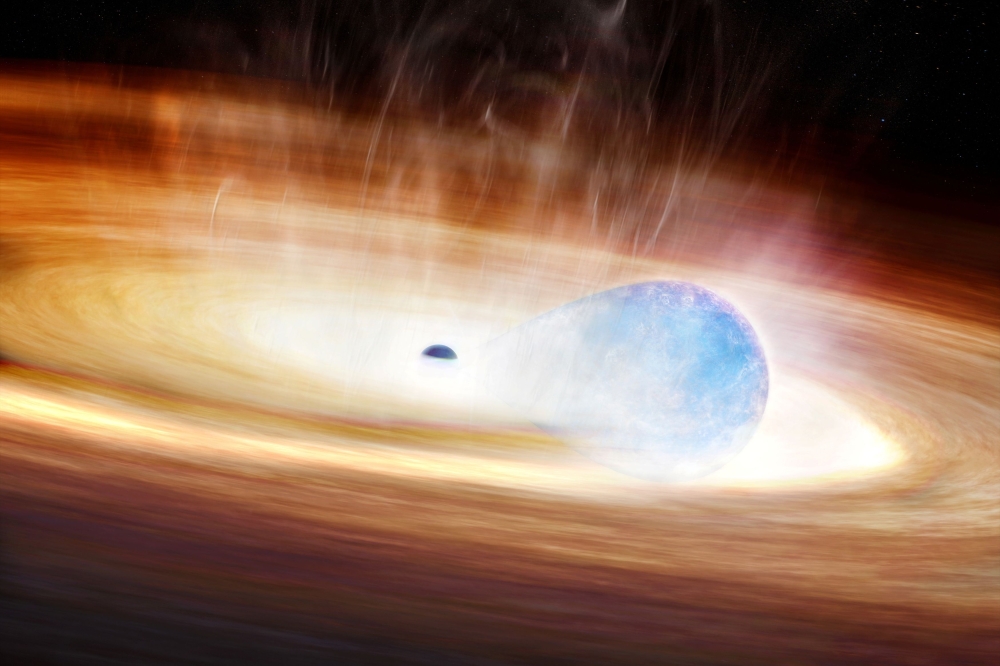Did Scientists Just Turn Lead Into Gold? The Shocking Discovery Explained!
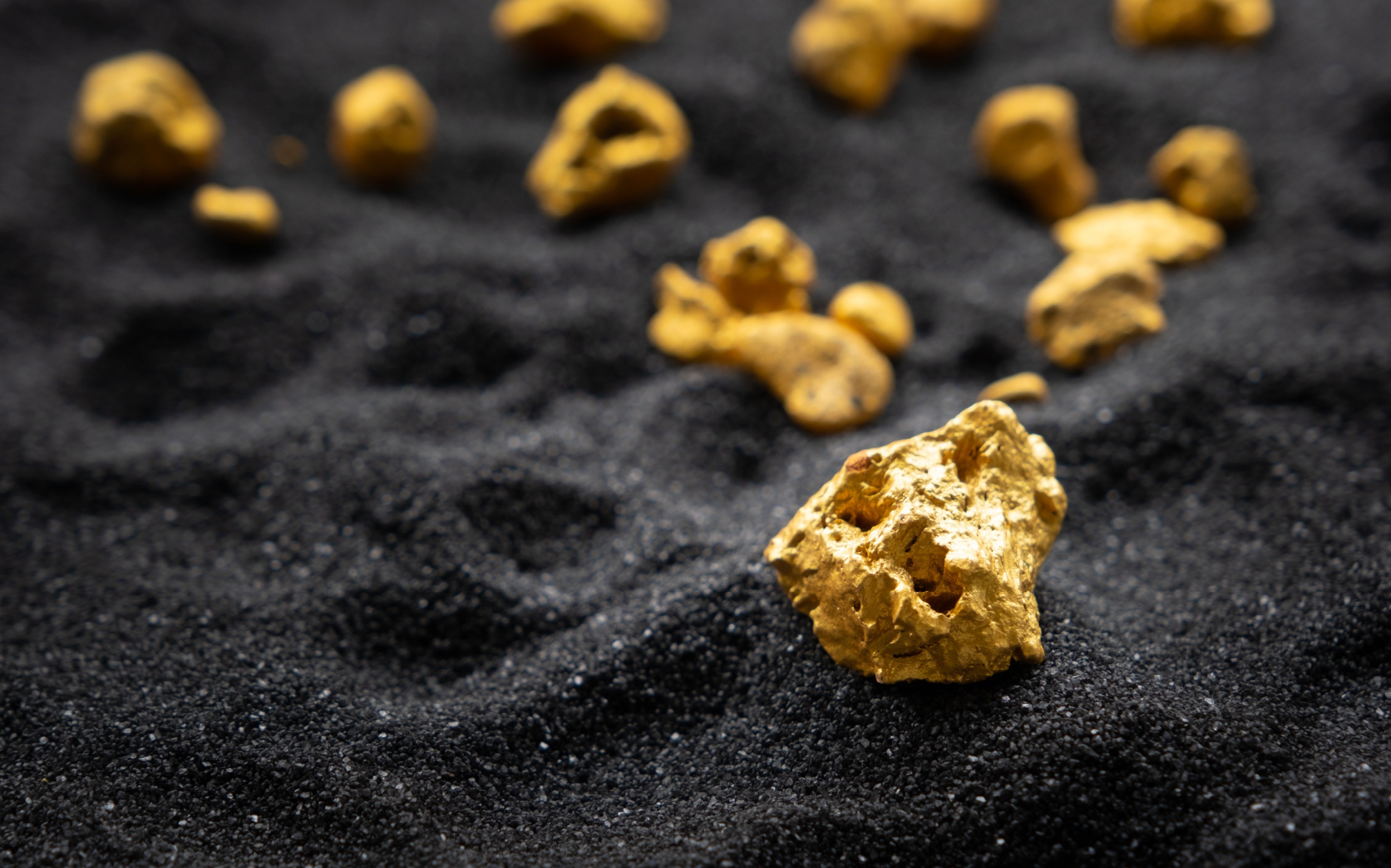
Prepare to have your mind blown! In a jaw-dropping scientific revelation, researchers at the Large Hadron Collider (LHC) reported something astonishing: lead ions transformed briefly into gold before reverting back into regular matter. This isn't just a fairy tale—this is modern-day alchemy happening right before our eyes!
Situated beneath the French-Swiss border, the 17-mile-long LHC is famous for smashing heavy ions together at nearly the speed of light. On July 30, 2025, a team of physicists, led by Daniel Tapia Takaki from the University of Kansas, unveiled findings that challenge long-held beliefs about particle collisions and the nature of matter itself.
But before we dive deeper, let's set the stage. The idea of turning lead into gold is steeped in history, often considered the stuff of legends and ancient alchemists dreaming of wealth. Now, these dreams are being realized in an unexpected way, as researchers discovered that in certain conditions, lead can transform into gold nuclei—if only for a fleeting moment of about 10⁻²³ seconds.
What makes this discovery even more intriguing is the method behind it. Tapia Takaki and his team re-engineered their detectors to focus on what happens during ultraperipheral collisions—when two atomic nuclei pass by each other without direct contact while their electromagnetic fields interact. This interaction can release bursts of high-energy photons, capable of knocking out protons from lead nuclei, resulting in a temporary gold nucleus. Talk about a cosmic twist!
The analysis revealed that a collision of lead could generate gold with a cross section comparable to the total hadronic collision rate. In simpler terms, every time the LHC performs a heavy ion collision, nearby, a lead ion could be quietly transforming into gold before it disintegrates back into its ordinary state. Researchers have given us a glimpse into this incredible process, and it opens up a treasure trove of opportunities for future experiments.
However, producing gold isn't the only exciting outcome. These ultraperipheral collisions can also yield unique isotopes of mercury and platinum, leading to deeper insights into nuclear structures and interactions at previously uncharted energy levels. The findings from Tapia Takaki’s team could redefine how we understand not just particle physics but also the very fabric of matter.
The implications stretch beyond mere scientific curiosity. Understanding these transformations is crucial for the design of future particle accelerators and ensuring the efficient operation of billion-dollar facilities. Measurements of these interactions will feed into simulations and loss maps, aiding engineers in developing the next generation of colliders and safety systems.
As scientists prepare to explore even further, looking into four and five proton emissions, we stand on the brink of uncovering even more about the universe's mysteries. If successful, we might soon be able to witness modern alchemy unfold in real-time, turning our understanding of physics on its head.
This groundbreaking research, published in the journal Physical Review C, is not just about transforming lead into gold; it symbolizes the relentless pursuit of knowledge and the wonders of our universe. So, the next time you hear of lead turning into gold, remember, it might just be happening in a lab somewhere—not quite like the old tales, but undeniably magical all the same!












